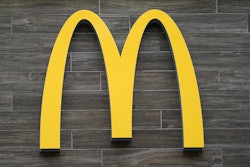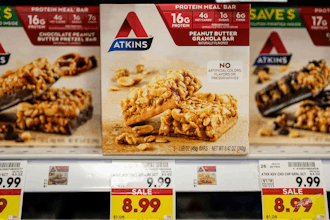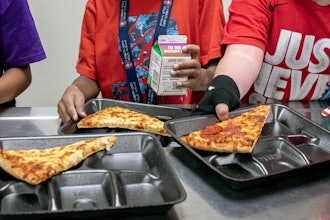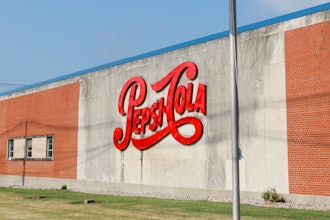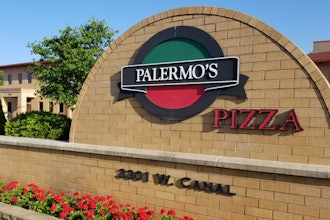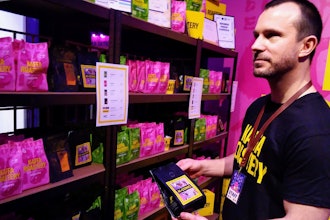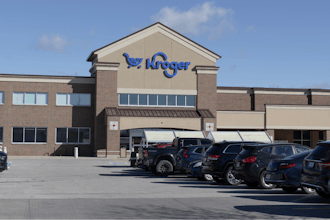Managing growth is one of the greatest challenge facing manufacturers today. This is especially true when it comes to having the right ERP system to manage today’s business requirements, as well as being able to support the growth of the company. As the system of record of an organization, adapting on the fly to new and complex business processes from growth can be incredibly difficult and also dangerous.
Extensive software customization beyond its intended usage inevitably leads to the creation of workarounds, or temporary ways to move forward without actually solving the problem. These workarounds are typically outside of the system of record, creating inefficiencies and resulting in a lack of transparent information across the enterprise. Workarounds can also inhibit growth as they often do not scale to support company growth.
According to a new Aptean study, workarounds not only make it difficult to make informed decisions, they also hinder the ability to make technology and performance improvements. The future is mortgaged to support the present.
If your current ERP system either does not support your industry requirements or is not scaleable to support your growth, replacement should be a consideration included in your strategic business plan. As you consider whether or not it is appropriate to upgrade your ERP, it critical to a take a fresh new look at your selection criteria to find a system that will fit your needs now and years from now.
Here are critical factors that should be on your shortlist when replacing your ERP systems.
Functionality And Ease Of Use
According to Aberdeen, the top two selection criteria are ease of use and functionality. Your ERP system should take advantage of the latest technology while providing a user-friendly experience. An easy-to-use solution ensures that employees actually use the system, resulting in value to the company. If the system is not easy to use, users will resist using it, possibly creating workarounds and limiting value to the company. A solution that has the functionality to address current and future business requirements will ensure that your company operates efficiently, maintains process standards and supports future growth.
Thoroughly examine your business processes and how employees do their work. You will want to carefully document those workflows that provide a distinct competitive advantage. Be mindful of the full range of activities that occur in an average business day, and review all areas that will be impacted by the project, even if current processes are being done “outside” the current system. You may find that manual tasks or workarounds can be reduced or eliminated. Consider the specific needs of food and beverage manufacturing, such as traceability, shelf life management and unique costing requirements. This scrutiny will form the foundation on which you can make improvements.
But functionality should go beyond a list of “must have” or “nice to have” features. Top-performing manufacturers are 46 percent more likely to ensure that their ERPs are aligned with their business objectives. Objectives and achievements are far-reaching, and will lay the groundwork for transforming your organization and increasing productivity and profitability.
Support
The average lifespan of an ERP solution is seven to 10 years, so you will want a beneficial long-term relationship. Support should come from two fronts: the vendor community and the user community.
Look beyond the implementation process to the vendor’s commitment to training and continuous improvement. Find out if there are webinars, workshops and other events where you can gain further insight into how to best utilize the solution. Examine the product roadmap to determine scalability. You need to be able to improve business processes today, and be poised to accommodate future needs. Consider functionality that you might need in six months, a year and five years and map your expectations to product development.
Industry-specific expertise should be another consideration. Because of the demands and regulations involved in food and beverage manufacturing, your vendor should have proven and extensive experience in the field. It should be able to configure the new solution to meet your needs, as well as offer best practices.
The user community can be a tremendous source of support. Other users with their experience can provide a wealth of knowledge and advise to glean even more information from the system. While the products may differ, the pain points may be similar; willingness of other users to share insight to help shorten your learning curve is invaluable. The user community should also be able to offer innovation and guidance to direct the vendor as to what capabilities should be considered for future releases. Some best practice customizations developed by customers can eventually be worked into the core code of the ERP.
Total Cost Of Ownership
While cost is a major consideration, many top-performing organizations recognize that it should not be the primary driver. After all, any savings will be quickly washed away if the solution doesn’t address the key business requirements achieve the intended benefits.
In addition to considering license fees and implementation costs, evaluate the expense of any necessary customizations and ongoing maintenance. Balance these with the cost savings of any workarounds that will be eliminated. Careful consideration regarding functionality will ensure that you are implementing a solution that supports your key business requirements.
Infrastructure is an area that can easily be overlooked. The new solution may require a new server; a SaaS solution might mean more bandwidth than your network currently has. Additional IT staff may be necessary. As the business grows, additional budget may be required to expand or upgrade the solution.
Continued Success
Replacing a legacy system can be a daunting project, but the investment is well worth the money and energy. ERP represents the backbone for many food and beverage manufacturers and is vital to the company’s success. By going into the selection process with a clear plan, your organization can come away with the best possible solution to take your business to the next level.
Jack Payne is Vice President of Product Management and Solution Consulting at Aptean.






